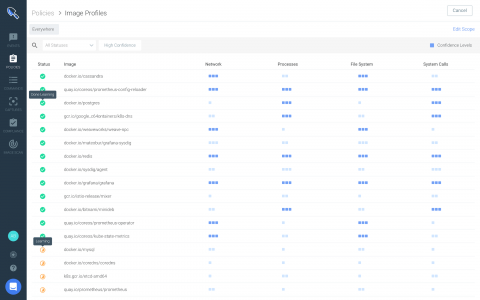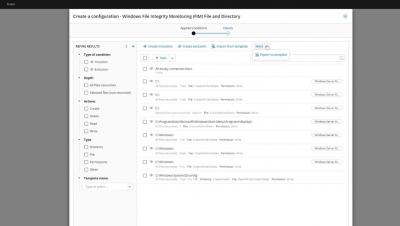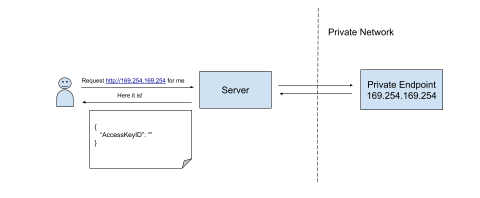How to Guard Against Cybersecurity Threats With Incident Alert Management
The current business environment requires organizations to implement cybersecurity safeguards to avert disasters associated with breaches, loss of data and hefty fines. Simply implementing a cybersecurity plan isn’t enough, it’s also important to incorporate the right solutions and workflows to prevent a disaster. This post will discuss the current state of cybersecurity, highlighting what organizations should be mindful of to successfully defend against malicious parties.











